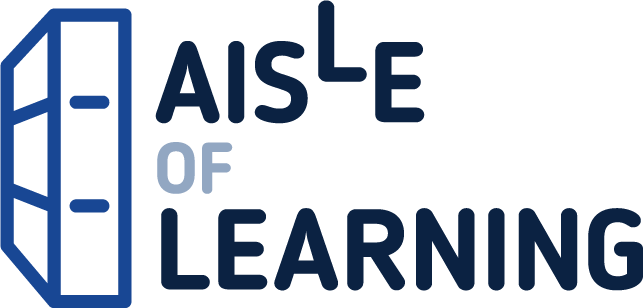Geospatial technology has revolutionized the way we understand and interact with our environment. The ability to collect, analyze, and visualize geospatial data has opened up a new realm of possibilities in various fields, including environmental monitoring, agriculture, disaster management, urban planning, and more. This book explores the advanced applications of geospatial technology and its profound impact on addressing real-world challenges. The book is structured to provide comprehensive insights into the diverse applications of geospatial technology. Each chapter delves into a specific area, covering cutting-edge techniques, case studies, and future trends. Here is an overview of the content: Chapter 1: Advanced Applications in Environmental Monitoring In this chapter, we explore how geospatial technology plays a crucial role in monitoring land use and land cover changes. We delve into techniques for assessing deforestation and forest degradation, as well as effective water resource management and monitoring. Chapter 2: Geospatial Applications in Agriculture and Food Security The second chapter focuses on the vital role of geospatial applications in agriculture and food security. We discuss crop monitoring and yield estimation, precision agriculture, and site-specific management to enhance agricultural productivity. Additionally, we explore methods for assessing food insecurity and vulnerability to strengthen food security. Chapter 3: Geospatial Applications in Disaster Management Disasters can strike unexpectedly, and geospatial technology has proven invaluable in disaster management. In this chapter, we explore the use of early warning systems for natural disasters, post-disaster damage assessment, recovery planning, and flood mapping and monitoring. Chapter 4: Urban and Human Settlement Analysis Urbanization is a global phenomenon, and geospatial technology offers crucial insights into urban growth monitoring and land use planning. Additionally, we delve into the detection of slums and informal settlements and explore the significance of accessibility and infrastructure planning. Chapter 5: Case Studies in Geospatial Applications This chapter presents real-world case studies that demonstrate the power of geospatial technology in solving complex problems. We delve into the monitoring and conservation of biodiversity and examine a case study on land degradation assessment and restoration. Chapter 6: Future Trends and Challenges in Geospatial Technology The final chapter takes a glimpse into the future of geospatial technology. We explore the advancements and innovations in Google Earth Engine and address critical concerns related to data privacy and security. Additionally, we discuss the potential for integrating geospatial technology with emerging technologies. This book aims to serve as a comprehensive guide for students, researchers, and professionals seeking to leverage geospatial technology for impactful applications. Through a combination of theoretical knowledge, practical examples, and case studies, readers will gain a deeper understanding of the ever-evolving world of geospatial technology and its potential to shape a sustainable future.
Geospatial Applications and Case Studies using Google Earth Engine
$50.00
This book provides advanced instruction on geospatial technology, supporting studies in environmental science, geography, and data analysis.







Reviews
There are no reviews yet.